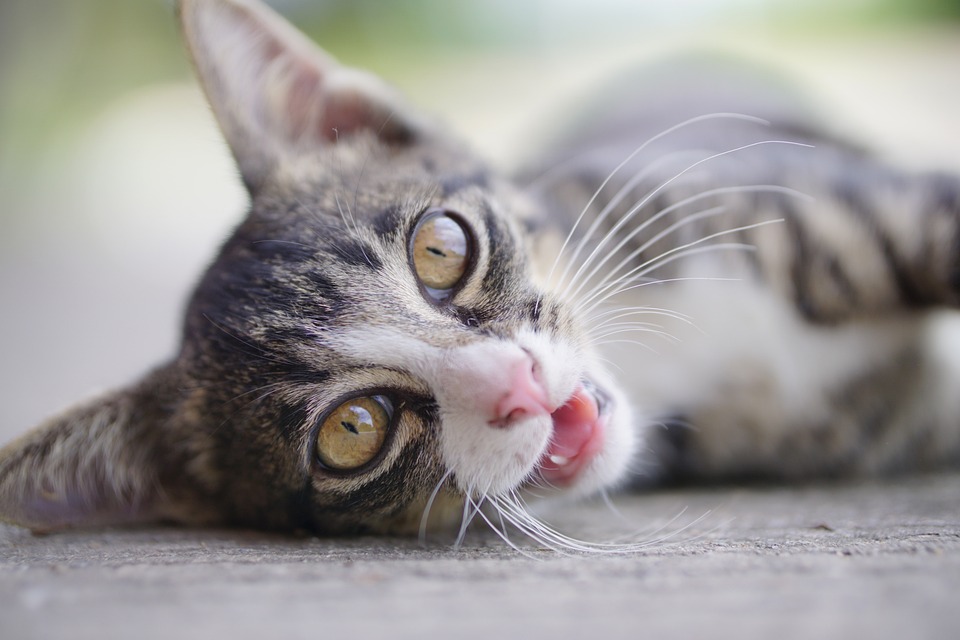Cats are known for their meticulous grooming habits, spending hours each day keeping their fur clean and neat. But grooming is not just about maintaining hygiene; it also serves as a crucial indicator of a cat’s emotional well-being. By understanding grooming behavior, you can decipher your feline companion’s level of contentment and overall health. In this article, we will delve into the significance of grooming behavior in cats and provide insights into how you can interpret it to better understand your cat’s happiness.
The Importance of Grooming Behavior in Cats
Grooming is an instinctual behavior deeply ingrained in cats. It serves multiple purposes, including:
1. Hygiene Maintenance: Cats groom themselves to remove dirt, debris, and excess oil from their fur. This self-cleaning behavior helps prevent skin infections and keeps their coat in optimal condition.
2. Regulation of Body Temperature: Grooming also helps cats regulate their body temperature. As they lick their fur, saliva evaporates, providing a cooling effect during hot weather. Conversely, the saliva acts as an insulator during colder temperatures.
3. Bonding and Social Interaction: Grooming is a significant social behavior among cats. It helps them establish and maintain social bonds within their feline group or with their human companions. Mutual grooming, known as allogrooming, is particularly common among cats living together in a harmonious environment.
4. Stress Reduction: Grooming has a calming effect on cats, allowing them to alleviate stress and anxiety. It helps them feel secure and in control of their surroundings.
Interpreting Grooming Behavior as a Sign of Contentment
Cats exhibit specific grooming behaviors when they are content and at ease. By observing and understanding these behaviors, you can gauge your cat’s emotional state and overall well-being. Here are some key indicators:
1. Frequency and Duration: A contented cat will engage in regular grooming sessions. If your cat devotes a substantial amount of time to grooming, it is likely a sign of satisfaction and relaxation.
2. Methodical and Thorough: Cats generally groom themselves in a methodical and thorough manner. They start by licking their front paws, then proceed to clean their face, head, and neck, gradually moving along their body and tail. A cat that meticulously covers all areas during grooming is often content and self-assured.
3. Relaxed Body Language: Pay attention to your cat’s body language during grooming sessions. A relaxed and content cat will have a loose, relaxed posture, with ears facing forward, and occasionally closed eyes indicating pleasure.
4. Purring: Cats often purr while grooming, which is a clear sign of contentment. Purring not only signifies pleasure but can also be a self-soothing mechanism for cats.
5. Social Grooming: If you have multiple cats, observe their grooming interactions. Mutual grooming, where cats groom each other, is a strong indication of a harmonious and content feline group.
FAQs (Frequently Asked Questions)
Q: How much time should cats spend grooming each day?
A: On average, cats spend approximately 30% of their waking hours grooming. However, the duration may vary depending on factors such as breed, age, and individual preferences.
Q: Should I be concerned if my cat suddenly stops grooming?
A: Yes, a sudden decrease in grooming behavior may indicate an underlying health issue or emotional distress. It is advisable to consult a veterinarian if you notice a significant change in your cat’s grooming habits.
Q: Can excessive grooming be a sign of a problem?
A: Yes, excessive grooming, often leading to hair loss or skin irritation, can be a sign of underlying medical conditions such as allergies, parasites, or anxiety. If you suspect excessive grooming, it is best to consult a veterinarian for a proper diagnosis.
Q: How can I encourage my cat’s grooming behavior?
A: Providing your cat with a clean and comfortable environment, a balanced diet, and regular grooming sessions can promote healthy grooming habits. Additionally, engaging in interactive play and offering appropriate scratching surfaces can help satisfy their natural grooming instincts.
Understanding your cat’s grooming behavior is an essential aspect of cat ownership. By paying attention to the frequency, thoroughness, and overall demeanor during grooming sessions, you can gain valuable insights into your cat’s contentment and overall well-being. Remember, a well-groomed cat is often a happy and healthy companion.








